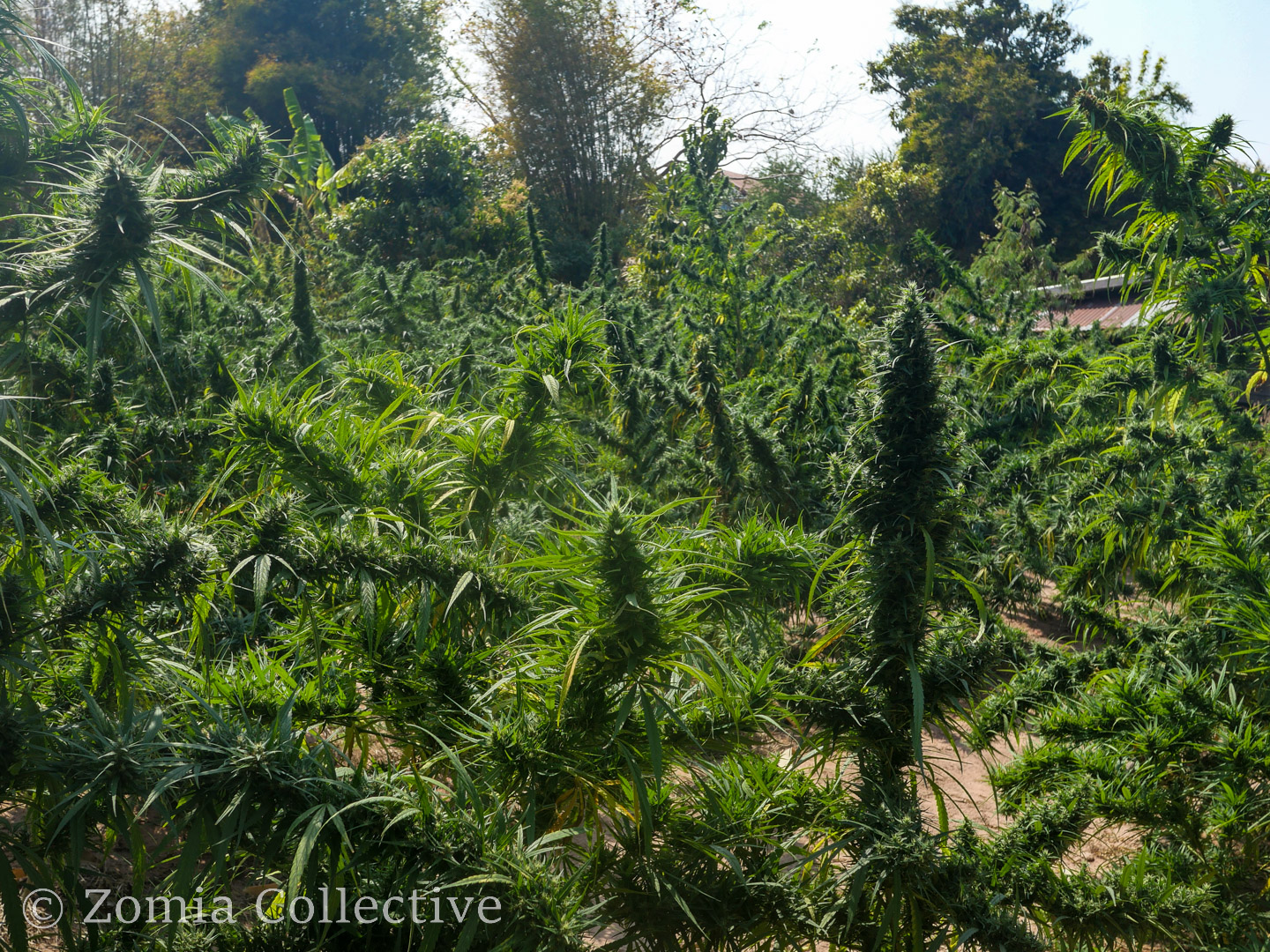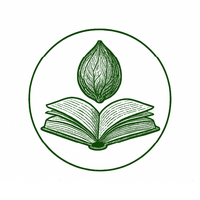Main Page
More actions
Landrace.wiki
Community powered Landrace Cannabis Wiki
Preserving traditional knowledge • Documenting genetic diversity • Supporting conservation
Landrace.wiki is the open database for landrace cannabis—populations, their genetics, and the knowledge around them. Browse documented accessions, track conservation efforts, and contribute to preserving genetic diversity before it’s lost.
- Stable8
- Vulnerable21
- Endangered43
- Critical89
- Extinct127
<nav class="lw-actions" aria-label="Main actions"> Open dashboard · Browse regions · Browse accessions · Contribute data </nav>
Featured Growing Regions

Khorat Plateau
Southeast Asia → Mekong Basin → Khorat Plateau
NLD heartland under hybrid pressure; core accessions at risk.
Critical {{#if:| {{{GrowingArea}}} | Sakon Nakhon 12 accessions
Profile coming soon
No image
Balkh Oasis
South Asia → Hindu Kush–Himalayan
Oasis agriculture with cold-night resin selection.
Endangered {{#if:| {{{GrowingArea}}} | Balkh 9 accessions
Profile coming soon
No image
Malana
South Asia → Hindu Kush–Himalayan
High-elevation charas region; tourist hybrids increasing introgression risk.
Vulnerable {{#if:| {{{GrowingArea}}} | Himachal Pradesh 6 accessions
Profile coming soon
Featured Accessions

⚪ Unknown Population
Phu Phan Squirrel Tail
Sakon Nakhon, Thailand
Legendary NLD associated with “Thai Sticks”; Phu Phan hills selection under heavy hybrid pressure and shifting practices.
Profile coming soon
No image
⚪ Unknown Population
Mazar-i-Sharif
Balkh, Afghanistan
Cold-night hashplant from Balkh oases; dense resin; cultivation area shrinking amid instability.
Profile coming soon
No image
⚪ Unknown Population
Malana Cream
Himachal Pradesh, India
High-elevation charas line maintained in Malana; tourism and hybrid seed sales increasing introgression risk.
Profile coming soon
We are witnessing the rapid disappearance of traditional cultivation knowledge and genetic diversity in cannabis. These landrace populations represent thousands of years of natural and human selection, containing unique genetic traits and chemical profiles. Systematic documentation and conservation efforts can serve as a bridge—preserving irreplaceable genetic heritage while supporting traditional communities and advancing our understanding of this remarkable plant.
Recent updates
